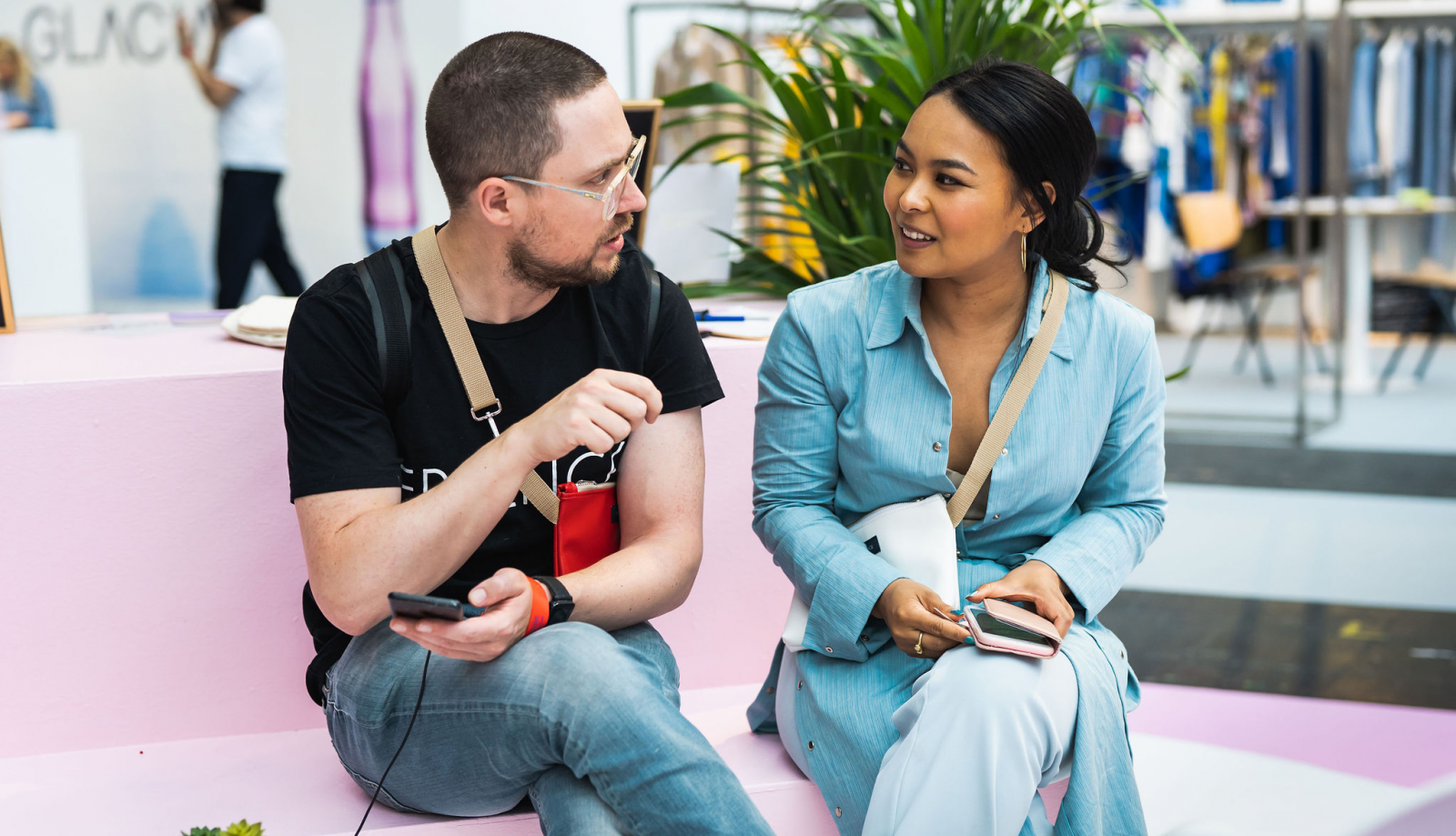Create a free retailer account now or view the other options.
PARADIGM SHIFT IN FASHION CHAIN
What is the best way for a fashion brand or retailer to get ready for the upcoming buying seasons? To continue to focus solely on one’s own business is a lose-lose situation. Only with a paradigm shift in the chain we can manage to maintain the multi-brand retail.
The current pandemic has foremostly pointed out to fashion specialists that the fashion chain is very inflexible. The industry is trying hard to sustain a business model that is based on products with a life cycle of up to a maximum of 6 months when working with 2 seasons. Most of the industry actually works with 4 to 8 collections per year, meaning that collections only even have a life cycle of 8 weeks. In addition, another 18 months of preparation are needed in advance. This preparation is based on sales forecasts: an estimation of future sales driven by trend forecasters.
It is exactly this way of thinking and calculating that was brought to a halt as the pandemic outdated this method. How do we know what our current ‘social distancing economy’ will look like in 6 to 18 months? How do we plan and look that far ahead – if that is possible at all? How do we deal with shortages or surpluses if the actual sales don’t end up as forecasted?
“We have to learn to look, think, and do different. How can we push ourselves and everyone else ahead in the chain?”
Think different
Fashion brands and retailers are now trying to prepare for future buying seasons. Webinars and online training programs are being organized: some especially for brands, others with a specific focus for retailers. Existing principles focus on maintaining and growing our own businesses. But, this way of thinking continues to position ‘parties’ facing one another: each on their ‘own side’ of the table. Although all of us within this chain actually have one and the same client: the final consumer.
In the Netherlands, 15% of the total business is covered by multi-brand retailing and has a 7% volume within the complete industry (source: Modint). If we, together, want to make sure we at least stay at this level, we need to learn to look, think, and do different in the interests of brands, retailers, shopping areas, and even the whole society. The core question will be how to be relevant with, and for one another. How do we take ourselves and every other person further ahead in the chain?

Shared challenge
The entire chain should be working towards strategic partnerships based on new visions in which both brand and retailer are willing to review and redesign the complete existing model. A possible way to cooperate more competently is by using the steps of the DART model: Dialogue, Access to all information, Risk-sharing and Transparancy. This strengthens the cooperation between the various players, which enables each and every party to work on their biggest challenges.
Planning closer to date and with a shorter preparation period, working with real data, logistical planning by principles such as ‘Just in time’ and ‘Flow fashion’: everything is possible. The technology necessary to make this happen is present and readily available. Several brands and retailers are already quite advanced in the application of these principles. Still, questions and obstacles around the matter are various. There is a lot to learn and challenges will come to the surface: challenges that we will only conquer when we work together.
Share article

